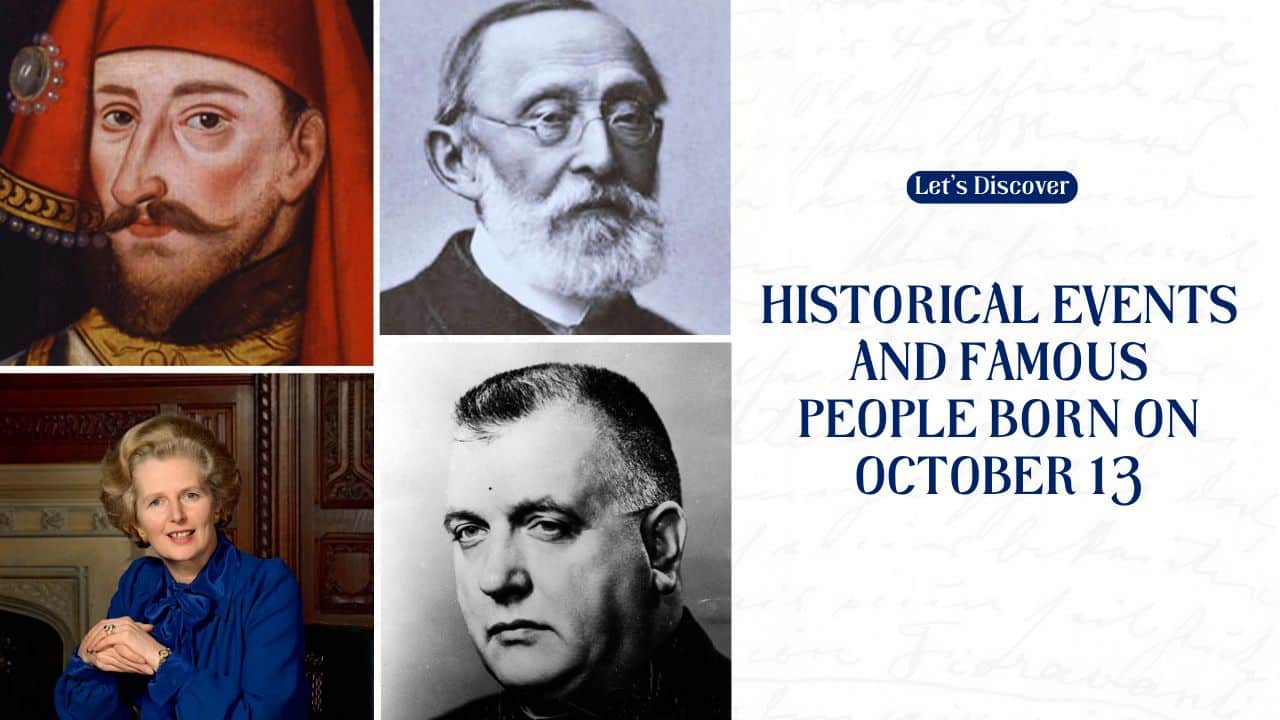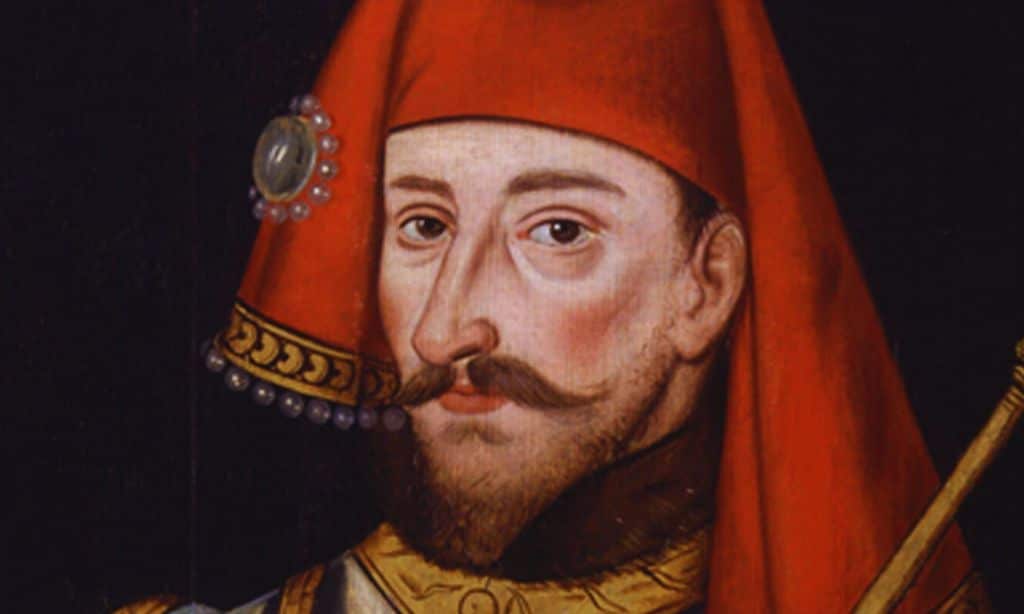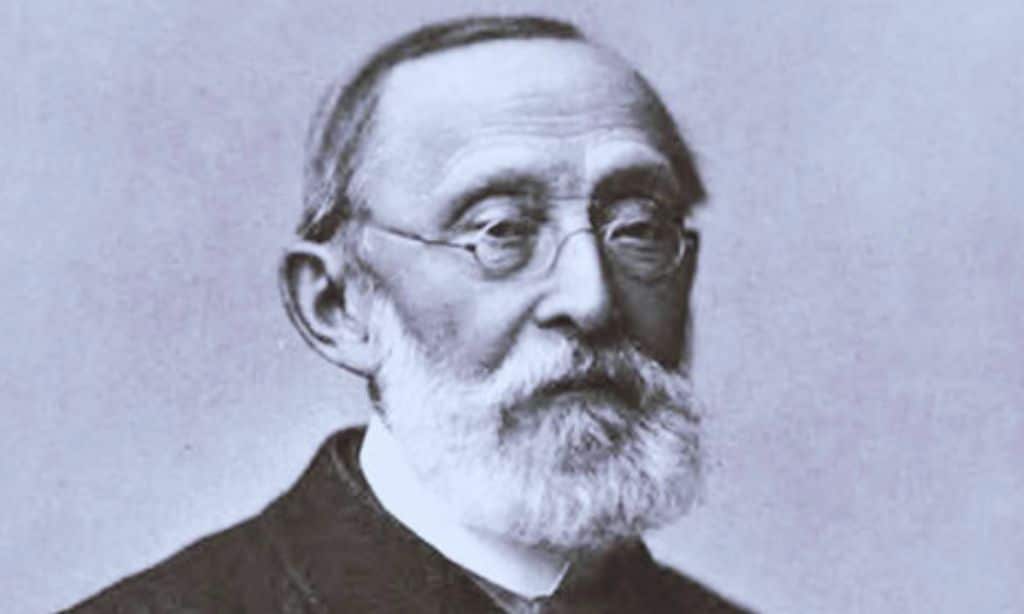October 13 is a day that has seen many important events in history. It’s also the birthday of some very interesting people. In this article, we’ll learn about big things that happened on this day and about people who were born on October 13. From kings and scientists to politicians and musicians, this day has many stories to tell.
Historical Events of October 13
1399: Coronation of King Henry IV
On October 13, 1399, a man named Henry of Bolingbroke became King Henry IV of England. This happened in Westminster Abbey, which is a big, important church in London.
Henry wasn’t supposed to be king at first. He took the crown from his cousin, King Richard II. This was a big change in English history. It started a new royal family called the House of Lancaster.
The coronation is when someone officially becomes king or queen. It’s a big ceremony with lots of traditions. Henry’s coronation showed that he was now in charge of England. This event changed the path of English history for many years.
1773: Discovery of the Whirlpool Galaxy
On October 13, 1773, a French astronomer named Charles Messier found something amazing in the sky. He discovered a galaxy that we now call the Whirlpool Galaxy.
Messier was looking for comets, but he kept finding other things in space that didn’t move. He made a list of these things to help other comet hunters. The Whirlpool Galaxy is number 51 on this list.
This discovery was important for astronomy. It helped scientists learn more about what’s out in space. The Whirlpool Galaxy is now one of the most famous galaxies that we can see from Earth.
1902: Theodore Roosevelt’s Intervention in Coal Strike
On October 13, 1902, something important happened in American history. President Theodore Roosevelt stepped in to help end a big coal strike.
Coal miners had been on strike since May. They wanted better pay and working conditions. The strike was causing problems because people needed coal to heat their homes.
Roosevelt threatened to use army troops to work in the coal mines if the owners didn’t agree to talk to the workers. This was unusual because presidents didn’t usually get involved in strikes. Roosevelt’s action helped end the strike and showed a new way that presidents could deal with labor problems.
1958: Burial of Pope Pius XII
On October 13, 1958, Pope Pius XII was buried. He had been the leader of the Catholic Church for 19 years.
The date of his burial was special. It was exactly 41 years after something called the “Miracle of the Sun.” This was an event where many people said they saw strange things happen to the sun in Portugal.
Pope Pius XII was an important but controversial figure. He was the Pope during World War II. Some people praised him for helping people during the war, while others criticized him for not doing enough to stop bad things from happening.
1978: Release of Billy Joel’s “52nd Street”
On October 13, 1978, a singer named Billy Joel released a new album called “52nd Street.” This was Joel’s sixth album, and it became very popular.
The album had many hit songs on it, like “My Life” and “Big Shot.” It was different from Joel’s earlier music because it had more jazz sounds in it.
“52nd Street” was very successful. It won the Grammy Award for Album of the Year in 1979. This album helped make Billy Joel one of the biggest music stars of his time.
Famous Birthdays on October 13
Jane Grey (1537-1554)
Jane Grey was born on October 13, 1537. She is known as the “Nine Days Queen” because she was Queen of England for only nine days.
Jane became queen after King Edward VI died. But many people thought Edward’s sister Mary should be queen instead. After nine days, Mary took over and Jane was sent to prison.
Sadly, Jane was executed when she was only 16 years old. Even though she was queen for such a short time, her story is an important part of English history.
Here’s a brief biography of Jane Grey:
| Fact | Information |
|---|---|
| Born | October 13, 1537 |
| Birthplace | Bradgate, England |
| Died | February 12, 1554 |
| Known for | Queen of England for nine days |
| Reign | July 10-19, 1553 |
| Fate | Executed for treason |
Rudolf Virchow (1821-1902)
Rudolf Virchow was born on October 13, 1821. He was a German doctor who made many important discoveries about how diseases work.
Virchow is called the “Father of Modern Pathology.” Pathology is the study of diseases. He discovered that diseases happen when cells in the body don’t work right. This was a very important idea in medicine.
Besides being a doctor, Virchow was also interested in politics and archaeology. He worked to make life better for poor people and helped discover many old human bones.
Here’s a brief biography of Rudolf Virchow:
| Fact | Information |
|---|---|
| Born | October 13, 1821 |
| Birthplace | Schivelbein, Prussia (now Poland) |
| Died | September 5, 1902 |
| Known for | Father of Modern Pathology |
| Major work | Cell theory in disease |
| Other interests | Politics and archaeology |
Jozef Tiso (1887-1947)
Jozef Tiso was born on October 13, 1887. He was a priest who became the president of Slovakia during World War II.
Tiso led Slovakia when it was working with Nazi Germany. This was a very bad time in history. Many people suffered because of the decisions Tiso and other leaders made.
After the war, Tiso was put on trial for the things he did as president. He was found guilty and executed in 1947. Tiso’s life shows how complicated and difficult politics can be, especially during wartime.
Here’s a brief biography of Jozef Tiso:
| Fact | Information |
|---|---|
| Born | October 13, 1887 |
| Birthplace | Bytča, Slovakia |
| Died | April 18, 1947 |
| Known for | President of wartime Slovakia |
| Time as President | 1939-1945 |
| Fate | Executed for war crimes |
Margaret Thatcher (1925-2013)
Margaret Thatcher was born on October 13, 1925. She became the first woman Prime Minister of the United Kingdom.
Thatcher was Prime Minister from 1979 to 1990. She was known for being very strong-willed and for making big changes in how the country was run. Some people liked her ideas a lot, while others didn’t agree with them.
People called Thatcher the “Iron Lady” because she was so tough. She is still one of the most famous British leaders in history. Her time as Prime Minister changed Britain in many ways.
Here’s a brief biography of Margaret Thatcher:
| Fact | Information |
|---|---|
| Born | October 13, 1925 |
| Birthplace | Grantham, England |
| Died | April 8, 2013 |
| Known for | First female British Prime Minister |
| Time as Prime Minister | 1979-1990 |
| Nickname | The Iron Lady |
Paul Simon (born 1941)
Paul Simon was born on October 13, 1941. He is a very famous American singer and songwriter.
Simon started his career as part of the duo Simon & Garfunkel. They made many popular songs like “The Sound of Silence” and “Bridge Over Troubled Water.” Later, Simon had a successful solo career with hits like “You Can Call Me Al.
Simon is known for mixing different types of music in his songs. He has won many Grammy Awards for his music. Many people think he is one of the best songwriters ever.
Here’s a brief biography of Paul Simon:
| Fact | Information |
|---|---|
| Born | October 13, 1941 |
| Birthplace | Newark, New Jersey, USA |
| Known for | Singer-songwriter |
| Famous songs | “The Sound of Silence,” “Graceland” |
| Awards | 16 Grammy Awards |
| Other work | Sometimes acts in movies |
Takeaway
October 13 has been a day of big events and important births throughout history. We’ve seen how it was a day when kings were crowned, galaxies were discovered, and music was made. We’ve also learned about some very different people who were born on this day – from queens and doctors to presidents and singers.
Each of these events and people has left a mark on our world. From Henry IV’s coronation that changed English royalty to Virchow’s discoveries that changed medicine, from Thatcher’s policies that changed Britain to Simon’s songs that people still love to hear, October 13 has given us a lot to remember and think about.
Learning about history helps us understand our world better. It shows us how things have changed over time and how the actions of people in the past still affect us today. So next time October 13 comes around, remember all these interesting events and people!
References:
- Given-Wilson, C. (2016). Henry IV. Yale University Press.
- Mallas, J. (2009). The Messier Objects. Cambridge University Press.
- Brands, H. W. (1997). TR: The Last Romantic. Basic Books.
- Phayer, M. (2000). The Catholic Church and the Holocaust, 1930–1965. Indiana University Press.
- Schruers, F. (2014). Billy Joel: The Definitive Biography. Crown Archetype.
- Ives, E. (2009). Lady Jane Grey: A Tudor Mystery. Wiley-Blackwell.
- Schultz, M. (2008). Rudolf Virchow. Archaeologist of Prehistory. Archaeology, 61(6), 41-46.
- Ward, J. M. (2013). Priest, Politician, Collaborator: Jozef Tiso and the Making of Fascist Slovakia. Cornell University Press.
- Moore, C. (2013). Margaret Thatcher: The Authorized Biography, Volume One: Not For Turning. Allen Lane.
- Carlin, P. A. (2016). Homeward Bound: The Life of Paul Simon. Henry Holt and Co.












































